Having a family pool can bring a lot of joy in summertime. Play in water with kids, having a pool party with friends. Wouldn't that be a great pleasure.
But having a pool, also means taking responsibility of the pool maintenance and the take care of family safety.
Usually, the frequency of pool maintenance is affected by temperature. The higher the temperature, the stronger the UV light, the faster the chlorine evaporates.
If you just get your family pool, let's start by learning about water quality assessment.
Let's learn some chemistry related to water quality.
https://www.troublefreepool.com/wiki/index.php?title=Free_Chlorine
Chlorine is the most common chemical used in pool maintenance, chlorine tablets and chlorine solution are the ones that are more commonly used in daily life.
In order to keep the pool clean, avoid growth of algae and microorganisms, the chlorine needs to be added in regularly depending on the water quality. You can add them manually or use a machine.
Free chlorine is the sum of two forms of chlorine in your pool water - active chlorine (the chlorine compounds that directly oxidize bather waste and kill pathogens) and reserve chlorine (the chlorine that is bound to the cyanuric acid stabilizer, or CYA).
Maintaining an appropriate FC level is the most important part of keeping your water clear and sanitary.
When free chlorine drops too low or to zero, algae and pathogens in the pool can grow again and contaminate the water.
Every pool is unique and different pools have different FC values to maintain based on CYA values and how often the pool is used.
If you would like to know the FC value for your pool, you can refer to the chart of values.
https://www.troublefreepool.com/blog/2019/01/18/chlorine-cya-chart/
The pH value is a value that reflects the acidity or alkalinity of water, ranges from 0 to 14.
A pH value of around 7 means that the water is neutral. From 7 onwards, the smaller the value, the more acidic it is, and the larger the value, the more alkaline it is.
For family pools, the best pH level is between 7.2 and 7.8.
If the pH is below 7.2, that means the pool water is acidic which can cause eye and skin irritation to swimmers. If the pH value falls below 6.8, the pool water will corrode metal equipment around the pool, especially if it is made of copper.
If the pH value is too high, greater than 7.8, this means that the pool water is too alkaline, which can lead to calcium scaling.
There are different ways to adjust water quality for different pH levels.
To lower the pH you can use muriatic acid, while to raise the pH you can use borax or baking soda.
How to measure the pH of your pool water, please refer to this link.
Total Alkalinity is a pH-related value used to measure the ability of pool water to resist changes in pH.
If the total alkalinity of the swimming pool is appropriate, the pH value of the swimming pool is maintained in the right range.
Every pool is different.
Finding the TA that works best for your family pool will allow the pH to stabilize and be more conducive to routine pool maintenance.
Calcium hardness (CH) is the direct measure of the amount of calcium ions (Ca2+) in your pool water.
It is recommended to maintain a CH value between 220 and 350 ppm.
Calcium levels within the water will vary as the pool is used.
Water with a low CH value will dissolve calcium on the surface of gypsum, cobblestone, tile, stone, concrete, and to some extent fiberglass.
A CH value too high will result in calcium scale build-up.
If the CH needs to be raised, calcium chloride or calcium chloride dihydrate can be used, if the value needs to be lowered, a simple water change or water addition is sufficient.
Cyanuric acid, often known as a stabilizer or conditioner, as an organic compound added to your swimming pool.
Cyanuric acid does not exist as a natural part of water. It is usually added artificially to water.
CYA can not only prevent chlorine loss due to the UV but also acts as a buffering agent for chlorine.
Although this buffering chemistry can slow down oxidation and sanitization, it will help maintain chlorine levels in a manageable range as well as reduce irritation to skin, eyes, hair, bathing suits.
CYA is related to the FC value, wherever there is CYA in the pool water, there is FC as well. CYA will store the Chlorine in the pool and make it ineffective.
CYA values for outdoor pools are generally in the range of 30 to 50 ppm.
The recommended CYA value can be found in the comparison table.
We have already learned about several important chemistry concepts related to swimming pool water quality. With this knowledge, it can help us improve the maintenance of swimming pool water and ensure its safety and hygiene.
For routine maintenance, we need to test the water quality of our swimming pools on a regular basis and adapt the chemical dosage according to the test results.
In addition, we can refer to the recommendations provided by professional agencies in developing a maintenance program that is suitable for your pool.
For more information on water quality chemistry, there is the ABC's of Pool Water Chemistry available to read.

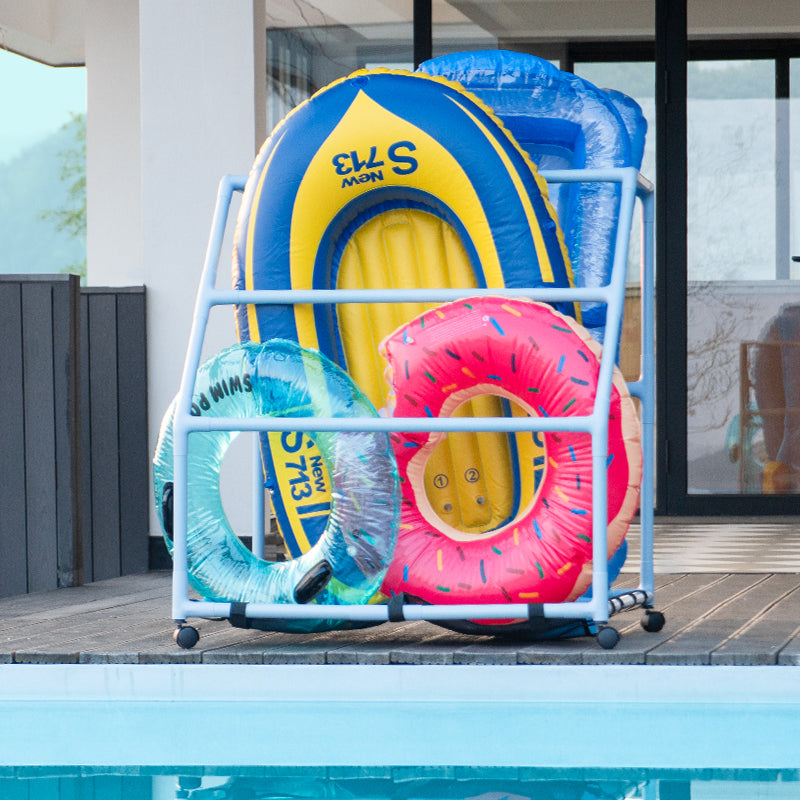
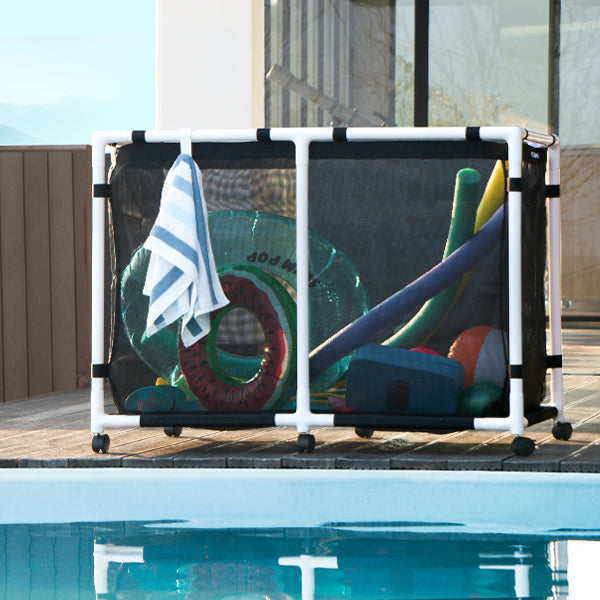
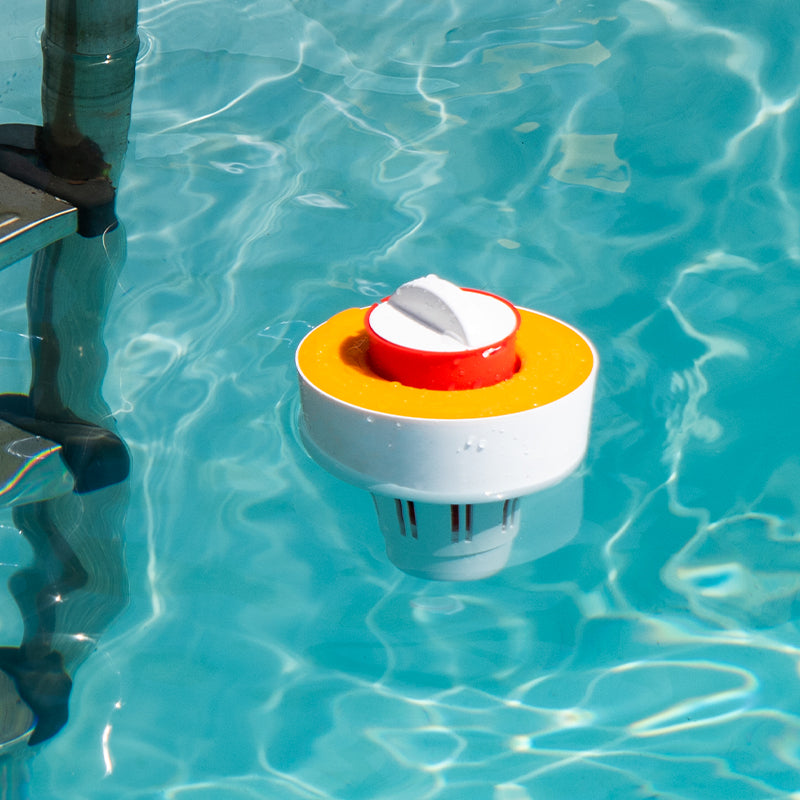
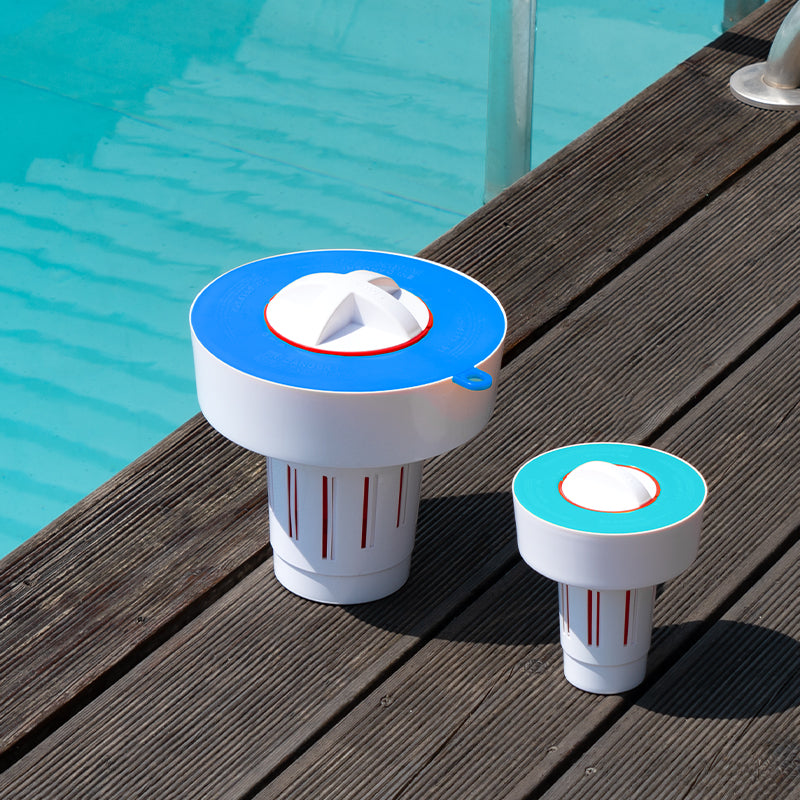
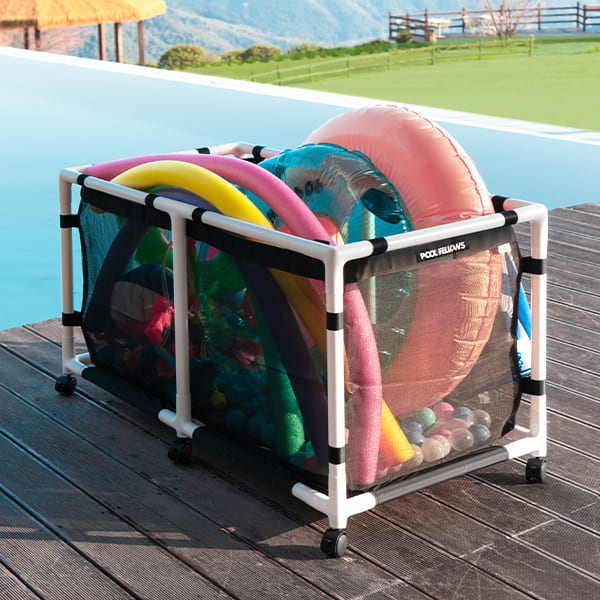
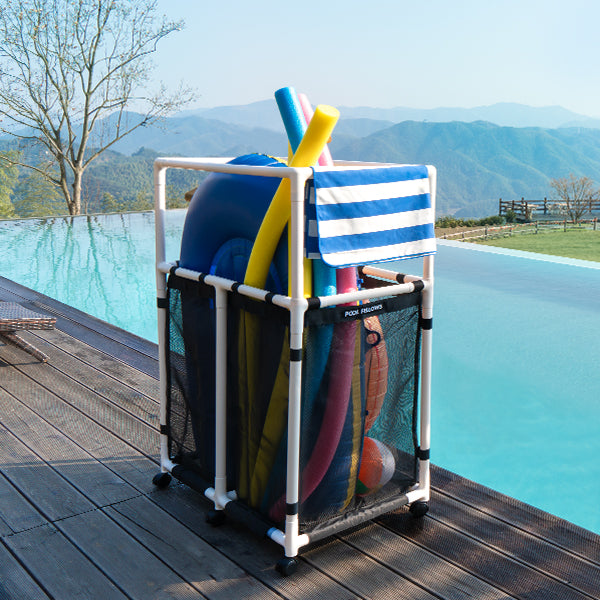
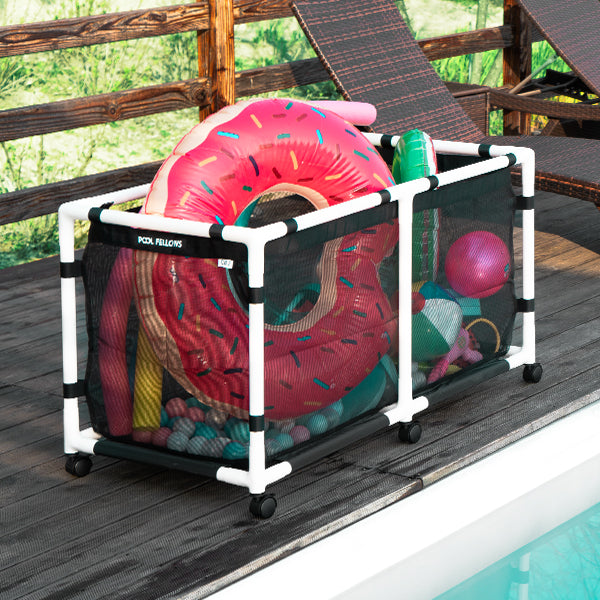
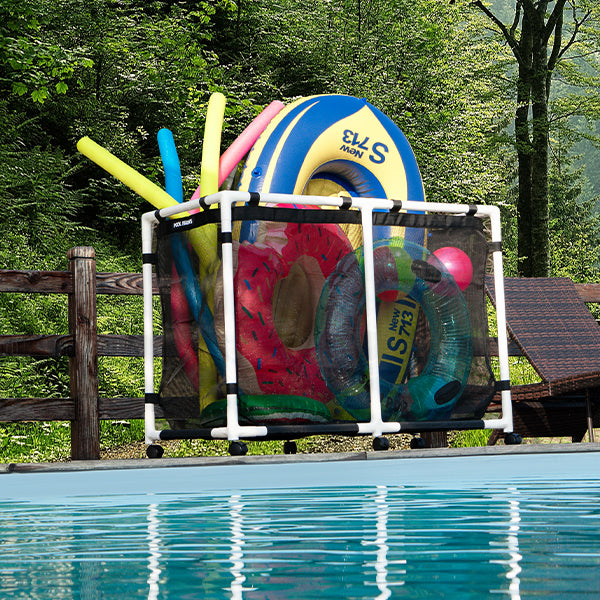


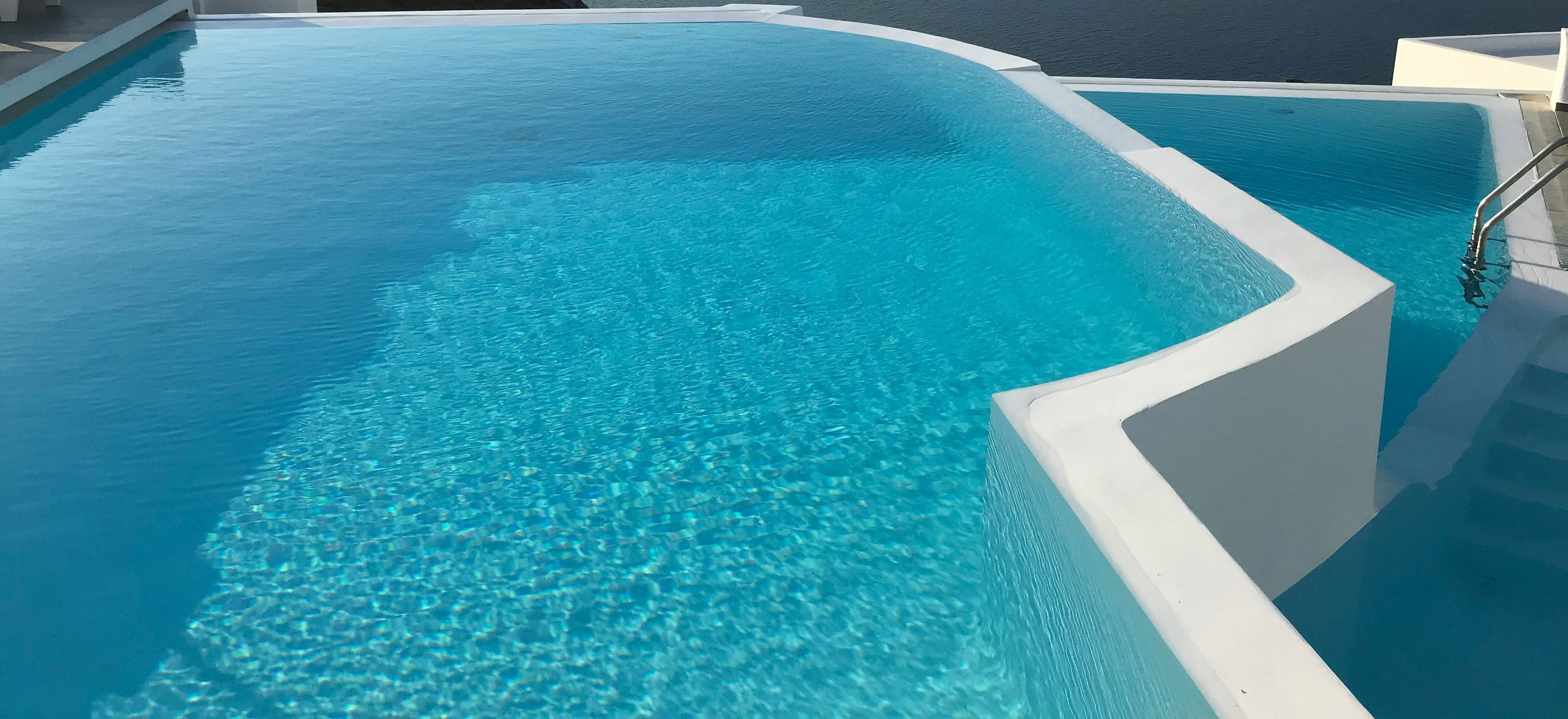

Leave a comment
All comments are moderated before being published.
This site is protected by hCaptcha and the hCaptcha Privacy Policy and Terms of Service apply.